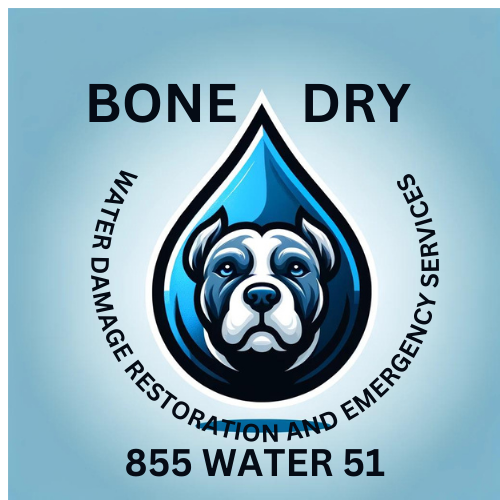Immediate Water Mitigation to Protect Your Property
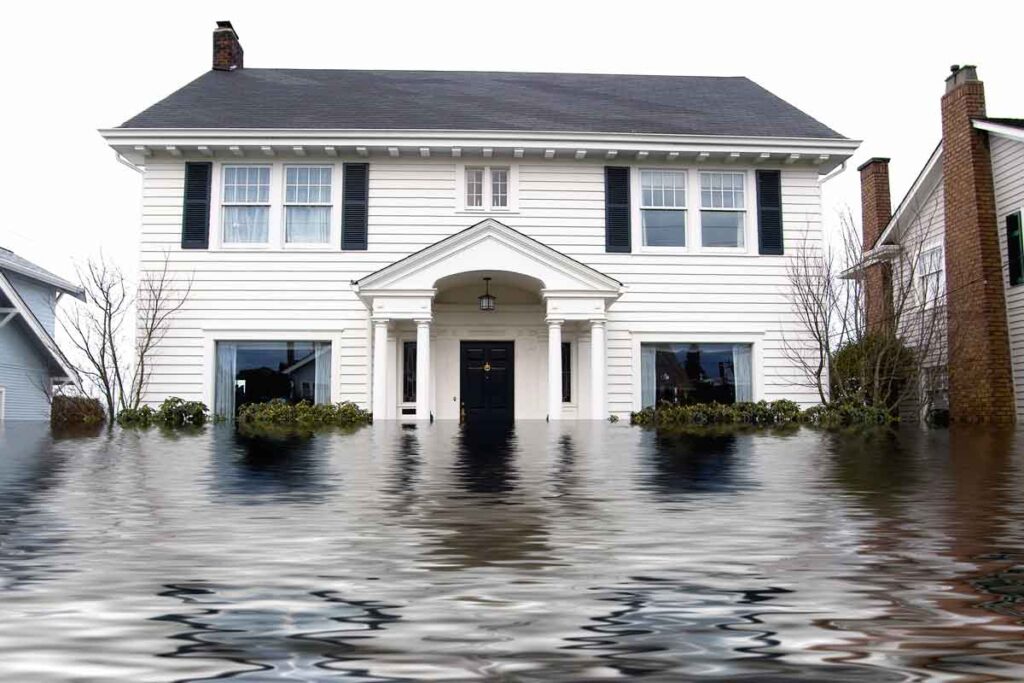
The immediate aftermath of water intrusion presents a critical window of opportunity for preventing mold growth, a concern as pressing as the water damage itself. Mold can start to develop within 24 to 48 hours in damp conditions, making fast action essential. The presence of mold goes beyond property damage – it poses serious health risks. Rapid water damage mitigation is therefore not just about preserving property but also about protecting the health of all occupants. Quick, decisive action stops mold before it starts, safeguarding your environment from the complex and costly remediation processes that mold necessitates. By prioritizing immediate drying and dehumidification, you can maintain the air quality in your home or business and ensure the well-being of everyone within. Remember, in the fight against water damage, speed is your greatest ally. The faster you act, the more you mitigate the risks of mold and the extensive damage it can cause.
our water damage restoration services
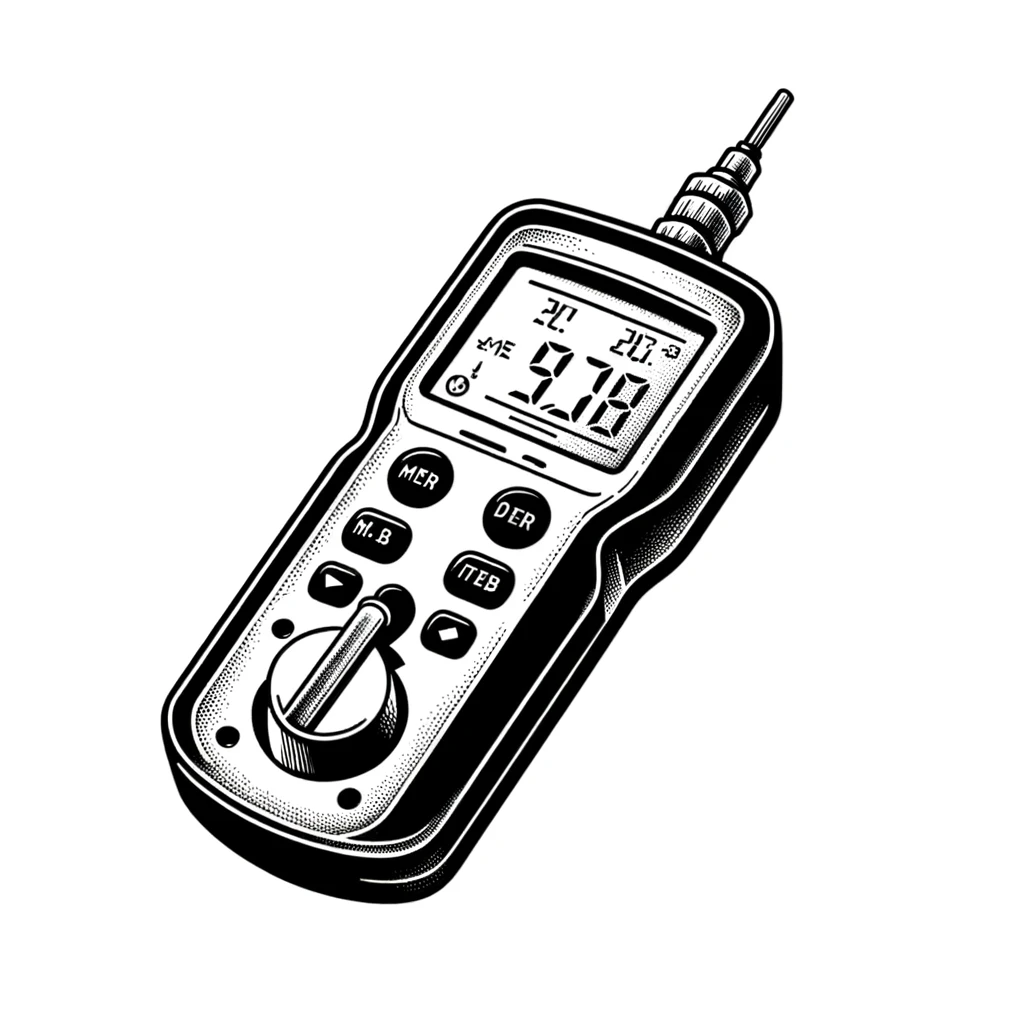
Measure and Document Moisture Levels:
Evaluate and track the actual scale of water damage utilizing thermal technology
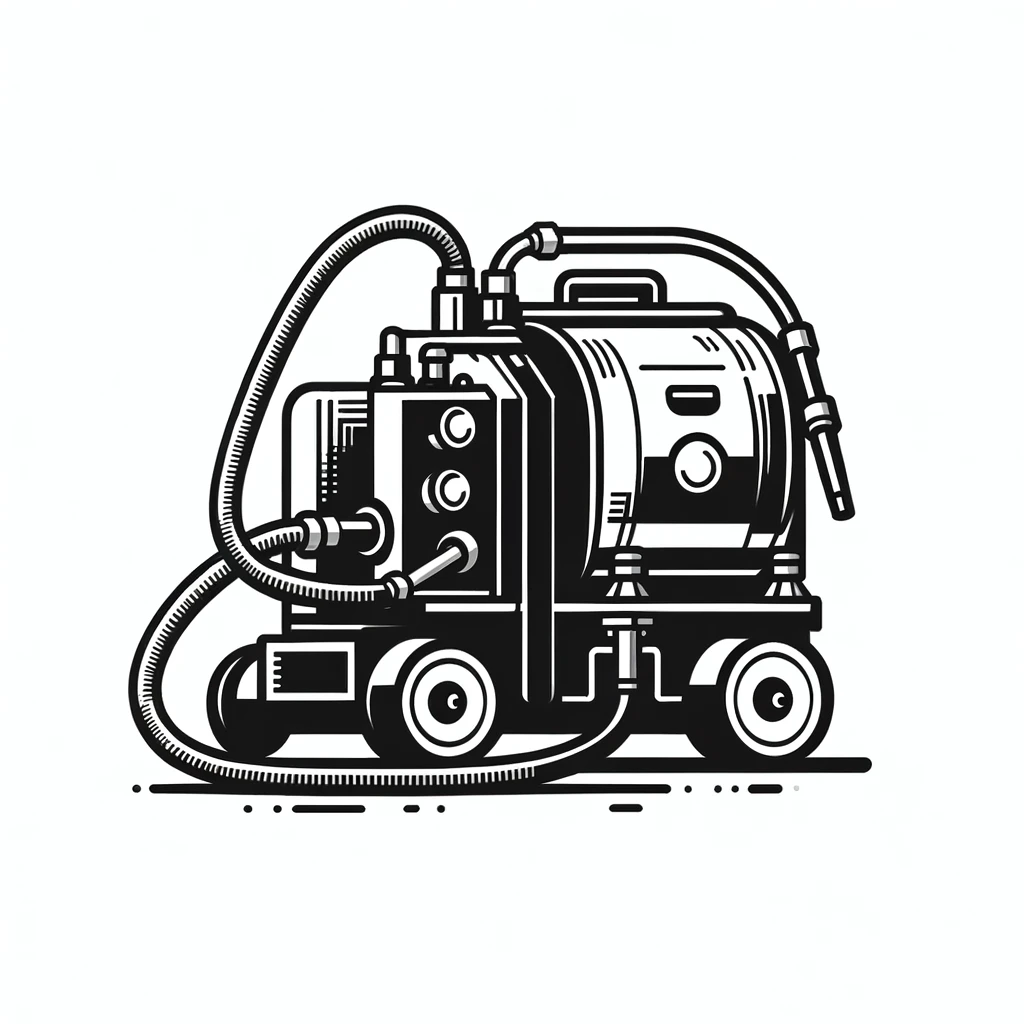
Extract Water
Act swiftly to remove water and protect your property, avoiding further unnecessary damage.
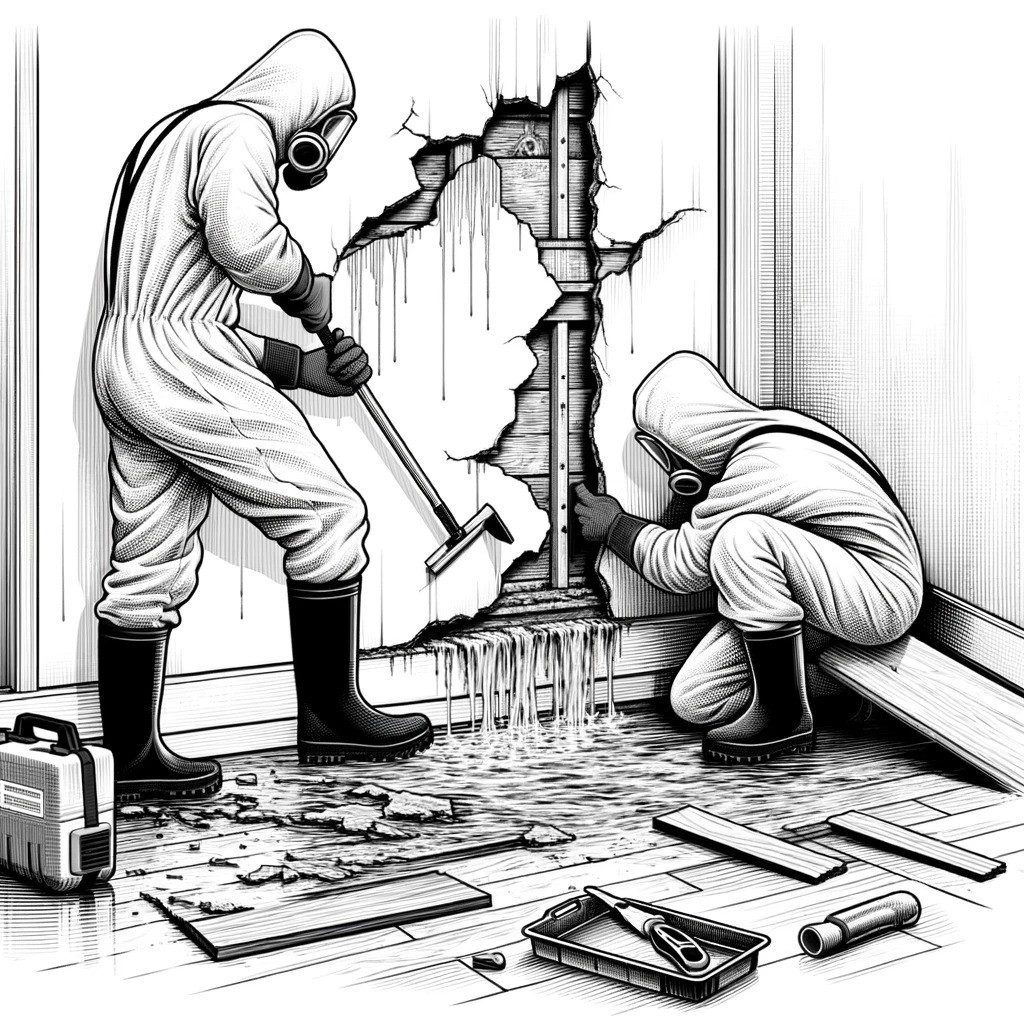
Remove Wet Materials
Remove wet , damaged , or non-salvageable building materials for total or selective demolition.

Drying and Dehumidification
Helps prevent further damage by drying structure and removing moisture from the air
We handle water damage caused by any reason including ..
Leaking or Burst Pipes
Pipes can burst or leak due to a variety of reasons such as extreme cold temperatures, rust, physical damage, or high water pressure.
Appliance Malfunctions
Household appliances like washing machines, dishwashers, and water heaters can malfunction, leading to significant water leakage and damage.
Clogged Drains
Clogged or blocked drains in sinks, toilets, or sewer lines can cause water to back up and overflow, leading to water damage
Roof Leaks
Damage to the roof from old age, weather conditions, or missing shingles can allow water to seep into the home, causing damage to ceilings, walls, and other areas.
Basement Flooding
Heavy rainfall or blockages can cause municipal sewer lines to back up, forcing sewage and water up through floor drains and into basements.
Our methodical approach guarantees the restoration of your property to its original condition in an efficient and effective manner:
- Immediate Response: “Available 24/7, we’re ready to assist you at any hour.”
- Evaluation and Assessment of Damage: “Our specialists evaluate the water damage thoroughly and devise a tailored approach for mitigation.”
- Extraction of Water: “We employ sophisticated equipment to eliminate any standing water.”
- Dehumidification and Drying: “We apply precise drying methods to remove moisture, averting mold growth and further water-related damages.”
- Sanitation and Cleaning: “Our professionals thoroughly sanitize and clean all impacted regions, promoting a safe and healthy environment.”
FAQ
What are the common signs of water damage?
Common signs include water stains on walls or ceilings, musty odors, peeling paint or wallpaper, warping or swelling of flooring, and the presence of mold or mildew.
How quickly should water damage be addressed?
Water damage should be addressed as soon as possible to minimize damage and prevent mold growth. Ideally, the cleanup process should begin within 24 to 48 hours of the incident.
How quickly can your team respond to an emergency?
Our emergency response team is available 24/7. We can typically arrive on-site within a few hours of your call to assess the situation and begin the restoration process.
Is water damage covered by insurance?
Many homeowner’s insurance policies cover water damage if it’s sudden and accidental. However, coverage varies greatly, so it’s important to check your specific policy. Flood damage typically requires separate flood insurance.
What are the common causes of water damage?
Common causes include flooding, pipe leaks or bursts, roof leaks, appliance malfunctions (such as washing machines or dishwashers), and issues resulting from poor drainage or blocked gutters.
How long does the water damage restoration process take?
The duration depends on the extent of the damage, the areas affected, and the drying conditions. Typically, the drying process can take 2-5 days, but complete restoration might take longer.
Can you handle mold removal if it's found?
Answer: Yes, we are equipped to handle mold remediation. It’s critical to address mold immediately to prevent health risks and further damage.
What equipment do you use for water damage restoration?
We use professional-grade equipment including dehumidifiers, air movers, water extractors, and moisture meters to efficiently dry out your property and monitor the drying process.
